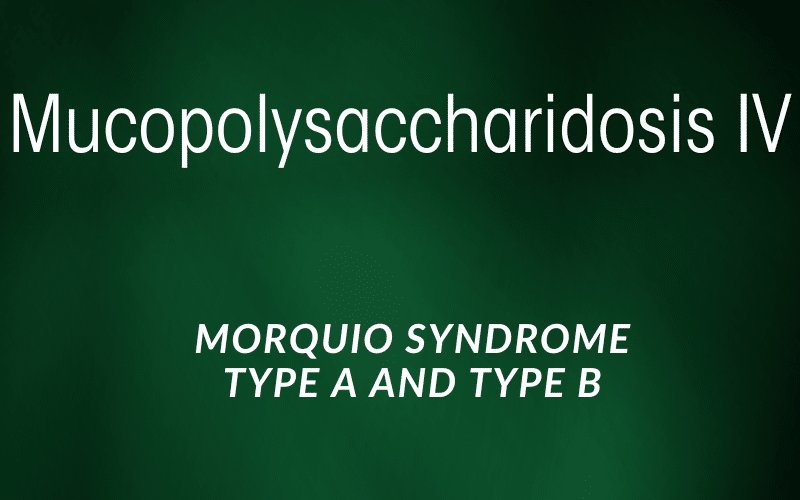Type 4: Morquio’s Palette: The Spectrum of Mucopolysaccharidosis IV

Venturing deeper into the world of MPS, we meet an old friend of the family – Mucopolysaccharidosis IV, better known as Morquio syndrome. Named after the Uruguayan pediatrician, Luis Morquio, who first described it in 1929, MPS IV stands unique among the MPS disorders with its predominant impact on the skeletal system.
Morquio syndrome exists in two forms: Type A and Type B. Both forms are defined by the body’s lack of specific enzymes needed to break down glycosaminoglycans. But while they may share the same umbrella term, they weave different stories in the lives of those affected.
Morquio A tends to be the more severe form, characterized by a wide range of physical manifestations. The most significant signs usually involve bone abnormalities, such as a short stature, knock knees, and an abnormal curvature of the spine. The tale told by the physical body can be stark in Morquio A, the skeletal deformities often visible to even an untrained eye.
Notably, MPS IV A does not typically affect cognitive abilities, setting it apart from several other types of MPS. Despite the physical constraints, individuals with Morquio A often possess sharp intellect, a shining testament to the resilience of the human spirit in the face of physical adversity.
Morquio B, on the other hand, paints a different picture. It is a milder form of MPS IV, characterized by a slower progression of symptoms. Individuals with this type may not show any signs until later in childhood or even early adolescence, leading to a delay in diagnosis. While they may share certain physical symptoms with Morquio A, they are generally less severe.(4)